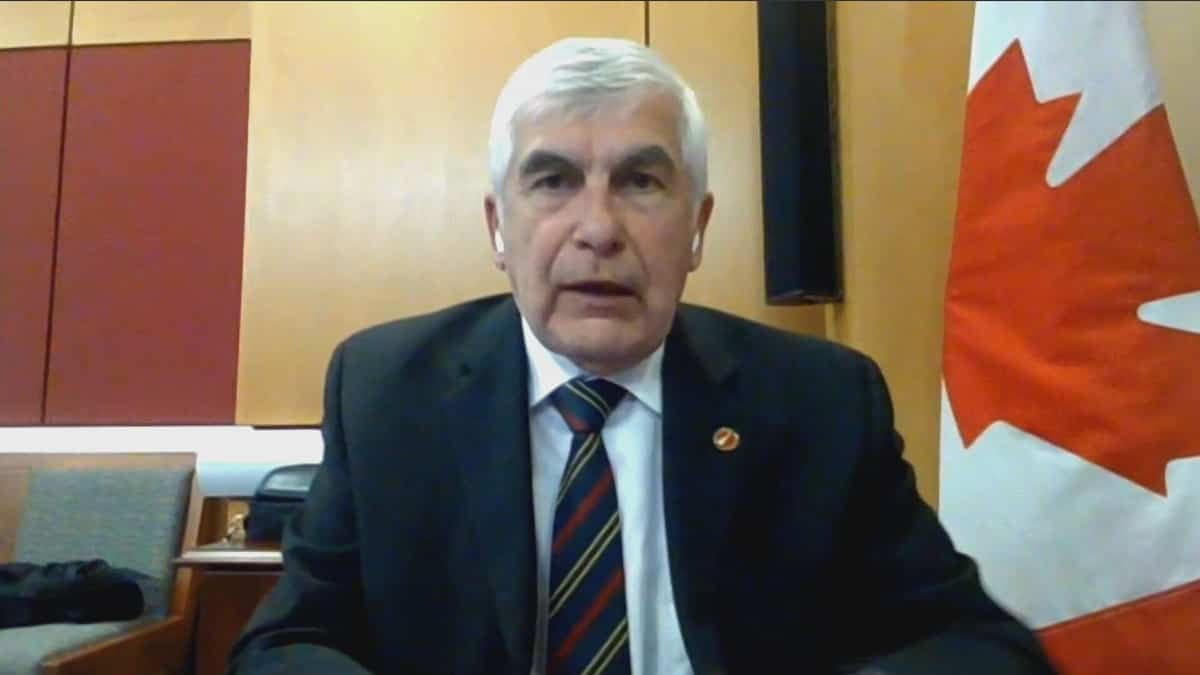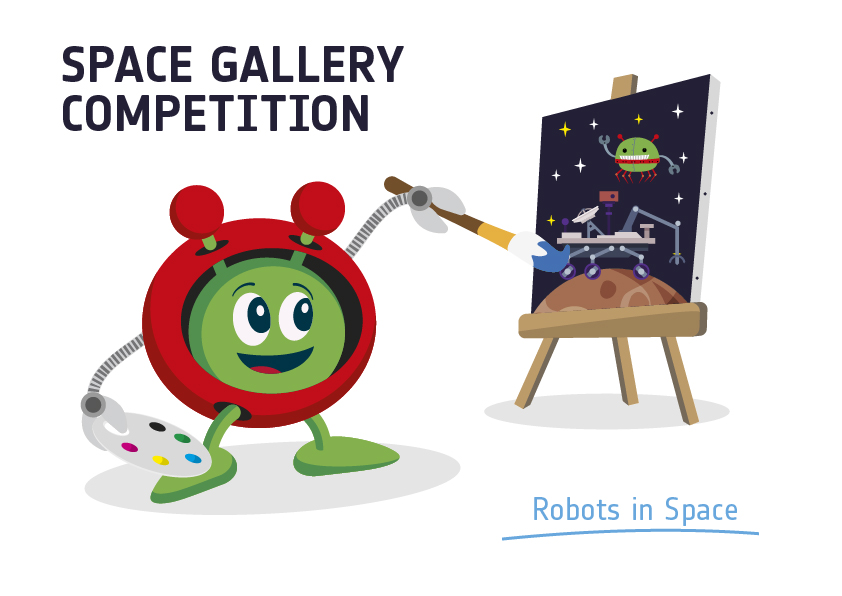The largest asteroid sample ever collected, and the first for NASA, landed on Sunday in the Utah desert in the United States, after a stunning final descent through the Earth’s atmosphere, seven years after the probe took off. Osiris Rex.
• Read also: Hidden ocean on one of Jupiter’s moons?
• Read also: This is the time when the next large asteroid could collide with Earth
The fall, which was noticed by military sensors, had to be slowed by two successive parachutes. However, the main parachute deployed higher than expected, and the capsule touched down slightly earlier than expected, a NASA commentator announced during a live video.
The sample taken in 2020 from the asteroid Bennu should contain about 250 grams of matter, according to an estimate by the US Space Agency, much more than the two previous asteroid samples reported by Japanese missions.

France Press agency
Space Agency head Bill Nelson stressed that it “should help us better understand the types of asteroids that could threaten Earth,” and highlight “the very beginning of the history of our solar system.”
“The return of this sample is truly historic,” NASA scientist Amy Simon told AFP before landing. This is “the largest sample of lunar rock we have ever brought back” from the Apollo program, which ended in 1972.
The target area on the ground was 58 kilometers long and 14 kilometers wide, and it is a military area usually used for testing missiles.
About four hours before it was scheduled to land, the probe arrived Osiris Rex The capsule containing the sample was launched more than 100,000 kilometers from Earth (about a third of the distance between Earth and the Moon).
During the last 13 minutes, this capsule crossed the atmosphere: it entered at a speed of more than 44 thousand kilometers per hour, with the temperature rising to 2700 degrees Celsius.
For its part, the probe set off to visit another asteroid.
Once the capsule landed on Earth, a team equipped with gloves and masks had to check its condition, before placing it in a net and then lifting it by helicopter and transporting it to a temporary “clean room”.

France Press agency
The capsule must be exposed to the sand of the American desert for the shortest possible period, in order to avoid any contamination of the sample that could distort subsequent analyses.
It is scheduled to be transferred on Monday to the Johnson Space Center in Houston, Texas. This is where the box will be opened, in another sealed room. The process will take days.
NASA plans to hold a press conference on October 11 to reveal the initial results.
The majority of the sample will be preserved for study by future generations. About 25% of it will be used immediately for trials, and a small portion will be shared with partners Japan and Canada.
Japan itself provided NASA with some grains from the asteroid Ryugu, of which it returned 5.4 grams in 2020, during the Hayabusa-2 mission.
In 2010, a microscopic amount was reported from another asteroid.

France Press agency
This time, Bennu’s sample is “much larger, so we’ll be able to do more analyses,” Amy Simon said.
Asteroids are composed of the original materials of the solar system, 4.5 billion years ago. Unlike Earth, it remained intact.
It therefore holds “clues about how the solar system formed and evolved,” Melissa Morris, head of NASA’s Osiris-Rex program, said in a press conference.
“It is our origin story.”
By hitting our planet, “we think asteroids and comets brought with them organic matter, and possibly water, which helped life evolve on Earth,” Amy Simon explained.
Scientists believe that Bennu (500 meters in diameter) is rich in carbon, and contains water molecules trapped in minerals.
The asteroid also surprised scientists: its surface turned out to be less dense than expected during sample collection.
The probe arm sank, as if in a ball pit.
However, a better understanding of their composition may be useful in the future.
There is a small chance (1 in 2,700) that Bennu will hit Earth in 2182, an impact that would be catastrophic. But last year, NASA was able to divert an asteroid by colliding with it.

“Total coffee aficionado. Travel buff. Music ninja. Bacon nerd. Beeraholic.”







More Stories
Standard support for maple syrup
United Kingdom | The first arrests of migrants before their expulsion to Rwanda
He swallows an entire bowl of cheese balls in front of hundreds of spectators